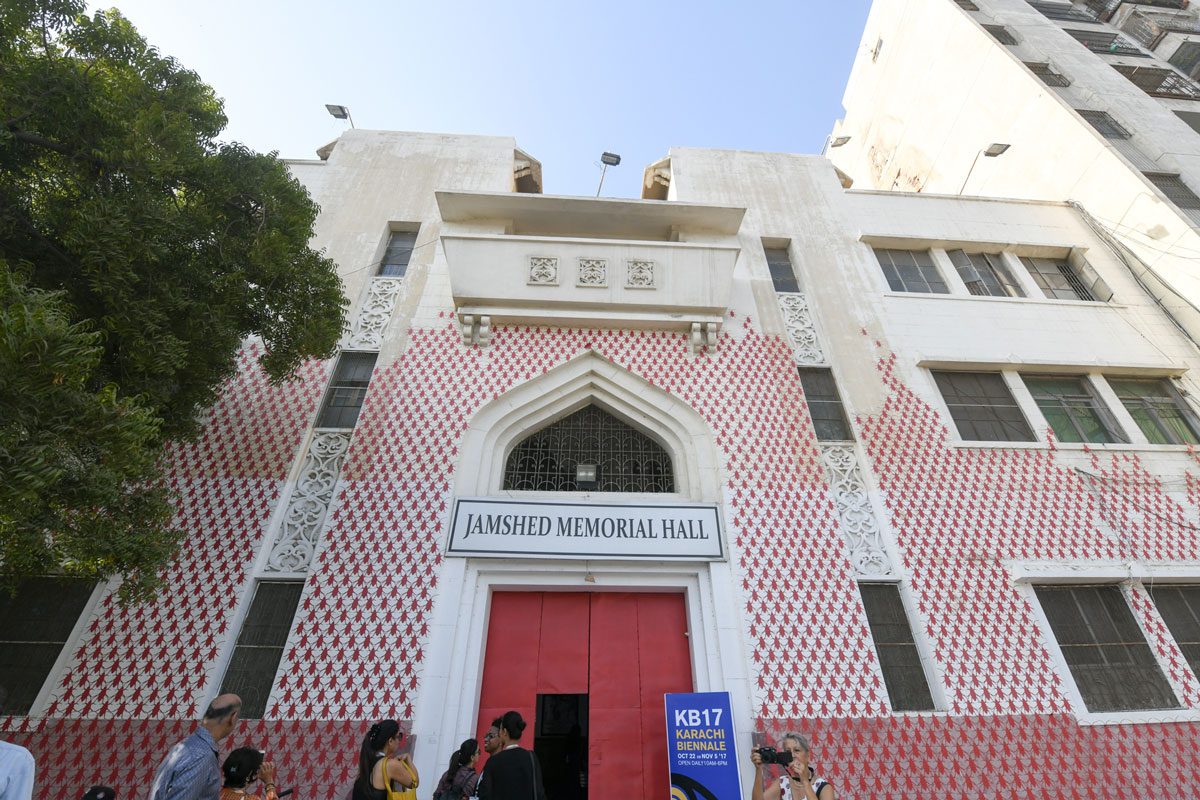Tazeen Qayyum
Born in 1973 in Karachi (Pakistan)
Lives and works in Oakville, ON (Canada)
Tazeen Qayyum is a contemporary visual artist who received her BFA in Visual Arts from the National College of Arts Lahore, Pakistan in 1996. Her work has been shown internationally in both solo and group exhibitions, some of which include ‘Holding Pattern’ at the Toronto Pearson Airport, 'The Veiled' at the Textile Museum of Canada, 'The Rising Tide’, Mohatta Palace Museum, Pakistan, ‘Urban Myths & Modern Fables’, University of Sydney, Australia and UTSC, Toronto, ‘A Thousand and One Days’ at the Academy of Art, Honolulu, Hawaii, ‘JAALA Exhibition at the Tokyo Metropolitan Museum, Japan, ‘Homecoming’, at the National Gallery of Pakistan and 'CodeLive Metro' at the 2010 Vancouver Winter Olympics. She was nominated for the Jameel Prize (2013) and K.M. Hunter Award (2014), and received the Excellence in Art Award 2015 by the CCAI (Canadian Community Arts Initiative). Qayyum's work was included in the 10th Asian Biennale, Dhaka, Bangladesh (2002), 2nd Painting Biennale, Tehran, Iran (2002) and was awarded a UNESCO bursary (2000) to work and exhibit in Vienna.
Of her work for KB17, Tazeen Qayyum states: “Facade is a site-responsive immersive installation that takes the Karachi Biennial’s theme ‘Witness’ and asks how we as a Pakistani society have become desensitized to the growing violence, intolerance and prejudice and how such actions are mimicking and reflecting the growing western rhetoric of non-inclusive religious ideas and insolence towards other faiths. Installed at the historic and important site of Jamshed Memorial Hall in Karachi, which houses the Theosophical Society, Facade is an outward exploration of the ideology and teachings of the society which is based on universal brotherhood (without distinction of race or colour) and to encourage the study of comparative religion, philosophy and science. Taking advantage of the site’s architectural history, function, and the survival history of the Society in the community, the front façade of the building is delicately painted with ornate pattern of interlocking shapes of a household cockroach. The resulting installation not only masks the building under an ornate veil of grotesque beauty, it also mirrors the environment, engaging passers-by with wonder and curiosity. The painted pattern pays homage to the exquisite tile work on religious structures, graffiti art and wall chalking whereas its subtle macabre humour, engages the audience to ponder meaning of inclusion, tolerance, hope and resilience. The repeated forms and the message of Façade that are observed as outward communal engagement is then witnessed in the drawing based performance Unvoiced, as an inward expression of meaningful reconciliation and endless compassion.”

Façade, 2017.
Site-responsive Installation

